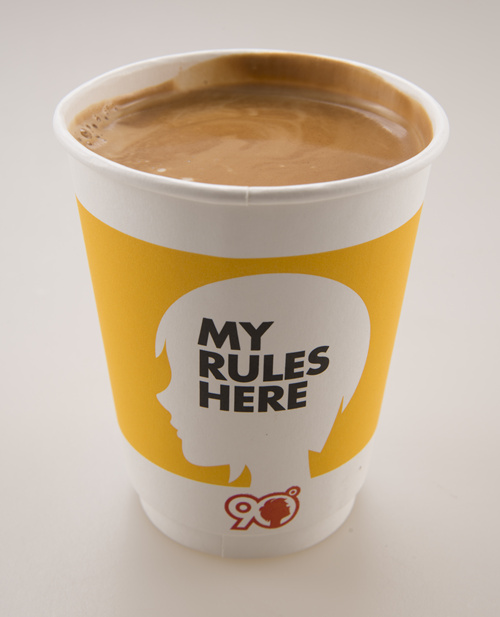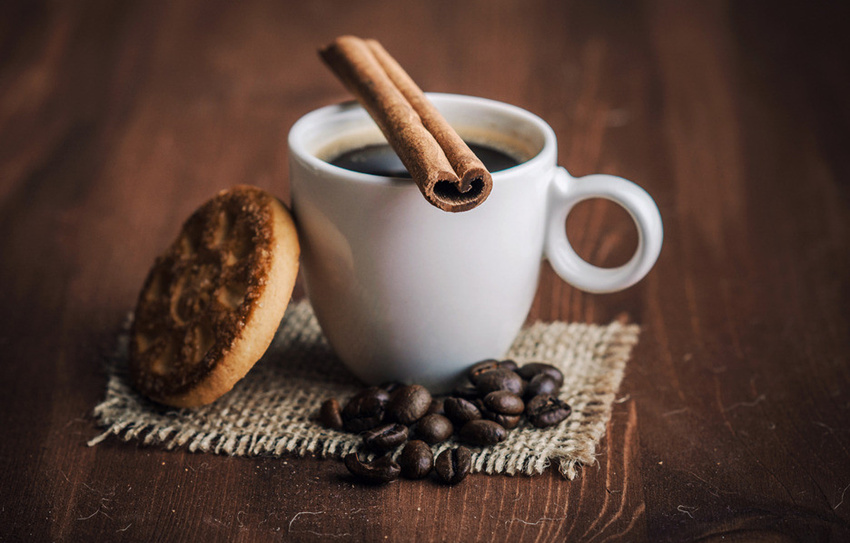"full-bodied and mellow"-charcoal roasted coffee

Charcoal roasted coffee is a Japanese coffee, refers to a taste, almost no acid, strong scorched bitterness and glycol, the taste is relatively strong. Authentic charcoal-roasted coffee is generally deeply roasted with carbon fire (gas, carbon fire and infrared), the color is dark, the taste is fragrant and mellow, the taste does not feel sour, if condensed milk has a flavor.
Flavor: special aroma, sweet, mellow, full-bodied, extremely bitter. Suggested baking method: heavy deep baking evaluation: excellent pure re-accompany has created the unique taste of Japanese charcoal roast, fragrant Chun bitter and astringent, mostly maintaining the original flavor of coffee
Let's have a cup of Xiao I's "golden charcoal roast" to make you feel stronger and mellow than ever before.

In terms of name, for charcoal roasted coffee, we can compare it with financial tycoon Soros. Soros's English name, Shaoluos, is pronounced Soros, and the pronunciation of the reverse alphabetical order is still Soros, an out-and-out devil's name, full of evil. According to the Chinese meaning, charcoal-roasted coffee can also reach that level on the contrary. Charcoal-roasted coffee is bitter, while black coffee from charcoal burning is also beneficial to the bitterness of the soul.
In terms of taste, charcoal-roasted coffee can also be called a coffee "predator". Charcoal coffee is known as the bitterest coffee in the world. I think the bitterness of charcoal roasting coffee is the creativity of the Japanese. There are no coffee beans in Japan. All its coffee beans are imported. However, the Japanese really like coffee, and they do not want to control all the recipes of coffee in the hands of others.

So, just as they did when dealing with American inventions, the Japanese used their usual thinking to take the coffee beans and transform them, revamped them, and affixed them with Japanese brands. cleverly make the coffee technology also turn into a Japanese patent. The performance is as follows: when they know that sour, fragrant, sweet, and mellow are no better than those countries that have innate advantages, but "bitterness" is almost blank, they start with "bitterness" and roast their charcoal-roasted coffee deeply. After making charcoal-fired coffee have made some achievements in fragrance, sweet, mellow, rich, and so on, they firmly adjusted the bitterness of charcoal-fired coffee to the limit, making it bitter but not astringent, fragrant, but independent of other coffees. finally, it also set a banner for the Japanese in the coffee industry.
Important Notice :
前街咖啡 FrontStreet Coffee has moved to new addredd:
FrontStreet Coffee Address: 315,Donghua East Road,GuangZhou
Tel:020 38364473
- Prev

How to drink coffee correctly?
When purchasing coffee cups, you can choose the right coffee cup according to your personal preferences and the type of coffee and drinking method. Because of the variety of personal preferences and places, here are a few options for coffee types and drinking methods. Small coffee cups below 100 ml are mostly used to hold strong Italian coffee or single-serve coffee, such as only 5
- Next

The practice of "Art of Life" Coffee Latte latte
A good cup of coffee is not only a pure drink, but also a personal experience. In any case, the latte is worth trying, maybe you will have a different understanding of it, and you can come up with several interpretations of it.
Related
- Beginners will see the "Coffee pull flower" guide!
- What is the difference between ice blog purified milk and ordinary milk coffee?
- Why is the Philippines the largest producer of crops in Liberia?
- For coffee extraction, should the fine powder be retained?
- How does extracted espresso fill pressed powder? How much strength does it take to press the powder?
- How to make jasmine cold extract coffee? Is the jasmine + latte good?
- Will this little toy really make the coffee taste better? How does Lily Drip affect coffee extraction?
- Will the action of slapping the filter cup also affect coffee extraction?
- What's the difference between powder-to-water ratio and powder-to-liquid ratio?
- What is the Ethiopian local species? What does it have to do with Heirloom native species?

